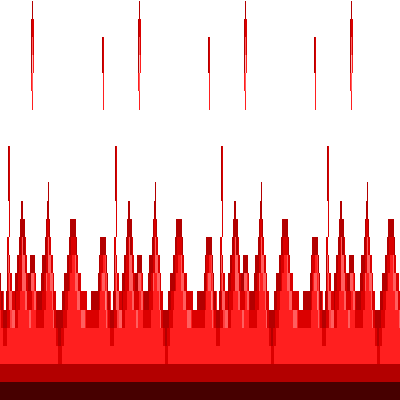The interview below, which "Dump.fm - IRL" curator Lindsay Howard did with me a few weeks ago, was slated to run in an arts mag's online edition in connection with the show. Some problems developed with the publication timing and it unfortunately hit the cutting room floor. In a post-gatekeeper world this isn't the tragedy it once might have been - the Internet is the Internet; information wants to be free - so I'm happy to present it here on my "blog":
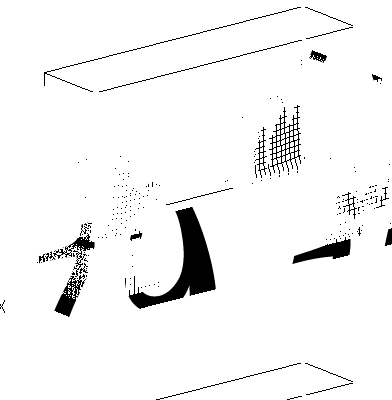
Do you consider GIF making your foremost artistic practice? Why does the GIF form appeal to you?
I don't consider GIFs my main medium but they are part of a family of older tech stuff I like including bitmaps, MIDI, and simple HTML design. GIF stands for "graphics interchange format" and it's a filetype that is in the public domain (no patent limitations) and not tied to any proprietary software (such as Adobe's Flash format). Most browsers read them and they're easy to make and load. To some they are a joke--a throwback to late '90s message board avatars, But there is a strong cult of users, including visual artists. I like them aesthetically as "moving bitmaps" but part of their appeal is also that they've fallen through the cracks of the software giants' plans for world domination. Google Images doesn't include an "animated GIF" checkbox (only non-moving GIFs, and only in the advanced search), the Safari and Chrome browsers handle GIFs poorly, Facebook doesn't allow them, and people complain that even tumblr limits your ability to use them. They are becoming like the abandoned playgrounds and swimming pools taken over by skaters in the '70s, or the zone of the "recently outmoded" that, according to Dan Graham, is a good place for artists to be working.
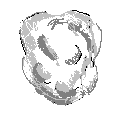
What good is a community and why do you think we're drawn to them, both on and offline in creative environments? Is "working together" worth it? What are its benefits and what are its faults?
Visual artists wrestle with these questions in the "online era" in ways they haven't since the Romantics gave us the lonely-person-starving-in-a-garret model. Music groups and film crews traditionally work collaboratively, while the art system rewards individuality and "trade secrets" (e.g., obscure chemical processes for making "unique" paintings). But then, suddenly, technology makes it possible for artists rapidly to pass ideas, sketches, processes back and forth and even actively alter others' work, so that attribution among the various sharers becomes blurry. From discussions I had earlier in the year on Paddy Johnson's blog about painter Amy Sillman's show, I gather this potential loss of authorship is freaking some people out--traditional painters scoffed at technology and made declarations about holding the line for "tactility" and realness. Others are more willing to swallow the damage to their egos in order to reap the benefits of picking their colleagues' brains.
I read this comment of yours on a blog post:
"It has been interesting to watch big names on the Net (net art wise) come to [dump.fm], assert a personal style, and then sink or swim in the permanent tidal wave of in-jokes and sensory overload. Some get it into it and adapt their styles to the house and others never come back."
How does one create artistic voice within a group without jeopardizing the community rhetoric?
Dump.fm has a "house style" in the sense that bigger and brasher images and animations win the moment. "Things that pop on the Internet" eclipse quieter, art historical images. Graphic confections, moving images, fast-reading images, artifacts from geek culture and what Beau Sievers has called "forum culture." But within the mega-style of that image barrage individuals do stake out their own turf, unconsciously or by design. Dumper Erik Stinson wrote a blog post a few months back called "The Dumping Styles of Several People." I frankly could not write anything as perceptive and spot-on as that piece but I can mention a few broad general categories of individual styles such as "meaningful retro gifs" (TheKraken's term, meant disparagingly), use of slogans and text, animation wizardry with code or scripts, dumping iconic celebrities in the Cage/Hilton/Bieber mode, a taste for psychedelia and abstract patterns, frequent use of the "altar" format (http://dump.fm/altars), and so on.
One of the things that interests me about talking with pictures is the difficulty of conveying an opinion. How do you explain ideas with images, or what's an example of something being talked about?
Every image has political meaning--not necessarily in the propaganda sense but in the sense of some usage, place, or struggle in the human community. (This is in spite of efforts by, say, abstract artists to strip out such connotations.) But images are also sensitive to context, so that captions or adjacent pictures can completely change them. This happens on dump.fm often. A photo of Radiohead's Thom Yorke in a glassed-in helmet from the vid for "No Surprises" appears next to an image of a space-helmeted Keir Dullea in the movie 2001. Two seconds later, the same Yorke photo appears next to a paparazzi photo of Paul Rubens for a "separated at birth" gag. The theme changes from "reflections on space helmets; 60s vs 90s icons" to "men with elfin features; 80s vs 90s icons." Or someone posts a GIF of a middle-aged woman with bangs and oversized eyeglasses munching on an ice cream bar, next to the glitter text caption "frump.fm." Seconds later the same image bears the caption "as performance art." Context and meaning shift before your eyes.

What sort of implications and connotations come from using shared/found images in your art? What energy gets created by juxtaposing images from seemingly disparate sources?
As a painter, pre-Internet, I started out making single, iconic images, then got interested in diptychs and punning (or negating) relationships among pictures. I judged a show once where I was allowed to supervise the hanging and made a kind of mega-multi-panel work, to the annoyance of some of the artists. This process, or tension, between single and multiple images continues online. As I mentioned above, authorship issues can get tricky. Even after Sherrie Levine's and Jeff Koons' appropriations people want a clear line to be drawn where ownership of an idea stops and starts.
How would you describe the relationship between your blog and your art? What does an artist gain by "revealing the mechanics"?
Four or five years ago there weren't that many places to talk about the shared concerns of "gallery art" and "new media art." My blog comments were briefly a "go-to" place for that, and I had active threads of up to 60 or 70 comments. Paddy Johnson's blog is currently the best place for this kind of cross-disciplinary chat, although her threads tend to be dominated by whichever crowd is addressed in her topic. The comment process was enjoyable for me and I learned a lot but moderating the threads got to be a chore. I moved to my current URL in '07 and disabled comments. I now like having discussions in the form of blog exchanges where longer posts can be written and mulled over without the pressure of an immediate response. My blog started as a kind of open notebook or open sketchbook and lately it's returned more to that function. I'm idealistic still about publishing it on the "open Net" (or what Google is now alarmingly calling "the public internet") but am feeling increasing peer pressure to move everything behind the Facebook sign-in. I probably won't, but resistance is futile, as the Borg used to say.
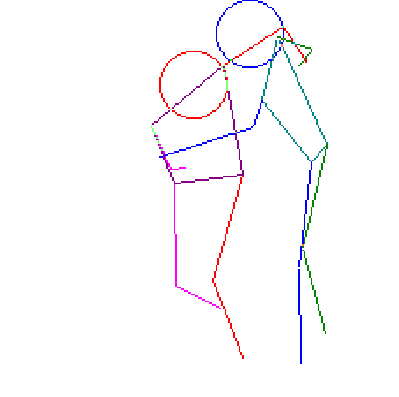
How does a physical gallery expand and limit the conceptual ideas of the web? Why do you think net artists and curators hold onto the idea of the physical gallery?
Am reading Boris Groys' book Art Power. He keeps coming back to the idea of the museum/gallery/exhibition as a frame for all other aspects of life, that is, a space of contemplative distance capable of accommodating any readymade. Products, commercial images, behaviors, designs can be plucked from a stream of humdrum exchange and "made fresh" through viewing in an installation context. Any fragment or artifact of the Web can potentially be given this treatment and we value the gallery frame enough to keep trying. Unfortunately mistranslations occur. On a recent thread at Rhizome.org we discussed a "net art" piece by Guthrie Lonergan called "MySpace Intro Playlist." Originally this was a semi-anonymous list he made on YouTube of the videos people were using to introduce themselves on their MySpace pages. When shown at the New Museum the videos were treated as ordinary "found video," without the possibility of navigating them as you would on the web (moving back and forth among videos, checking out the original context, clicking away from the list via sidebar links, etc.). Instead, the intros were strung together one after another so that the viewer was required to watch them in serial fashion, which wasn't as much fun. The chic museum setting called more attention to the age, ethnicity, and class of the video subjects so they seemed like a mostly de-empowered "other" offered up as anthropological entertainment for the well-heeled. I'm a huge fan of Lonergan's work but preferred the earlier, "net" incarnation of this particular piece.
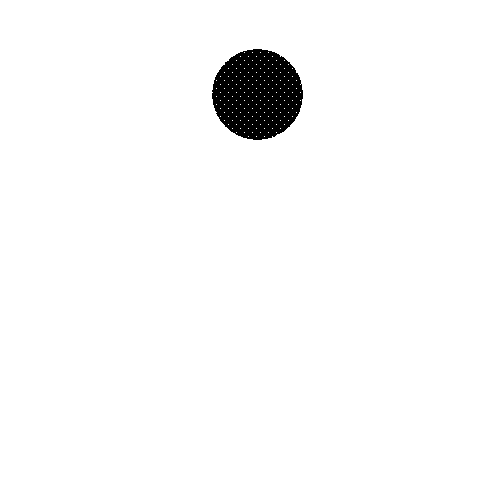
top image is a remix of a frankhats piece; other GIFs are mostly mine or files I saved from the dump.fm chatroom and manipulated further

